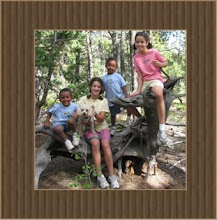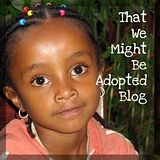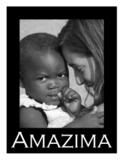Information from Heart Spring
Celiac disease is a digestive disease that damages the small intestine and interferes with absorption of nutrients from food. People who have celiac disease cannot tolerate a protein called gluten, which is found in wheat, rye, and barley. When people with celiac disease eat foods containing gluten, their immune system responds by damaging the small intestine. Specifically, tiny fingerlike protrusions, called villi, on the lining of the small intestine are lost. Nutrients from food are absorbed into the bloodstream through these villi. Without villi, a person becomes malnourished--regardless of the quantity of food eaten.
Because the body's own immune system causes the damage, celiac disease is considered an autoimmune disorder. However, it is also classified as a disease of malabsorption because nutrients are not absorbed. Celiac disease is also known as celiac sprue, nontropical sprue, and gluten-sensitive enteropathy.
Celiac disease is a genetic disease, meaning that it runs in families. Sometimes the disease is triggered--or becomes active for the first time--after surgery, pregnancy, childbirth, viral infection, or severe emotional stress.
Celiac disease affects people differently. Some people develop symptoms as children, others as adults. One factor thought to play a role in when and how celiac appears is whether and how long a person was breastfed--the longer one was breastfed, the later symptoms of celiac disease appear and the more atypical the symptoms. Other factors include the age at which one began eating foods containing gluten and how much gluten is eaten.
 Symptoms may or may not occur in the digestive system. For example, one person might have diarrhea and abdominal pain, while another person has irritability or depression. In fact, irritability is one of the most common symptoms in children.
Symptoms may or may not occur in the digestive system. For example, one person might have diarrhea and abdominal pain, while another person has irritability or depression. In fact, irritability is one of the most common symptoms in children.Something to think about anyway.
symptoms from Celiac Spruce Association
Wrong Diagnosis
Celiac Disease Foundation
Celiac Central
Celiac Disease Center PFD











































No comments:
Post a Comment
Please leave a comment: